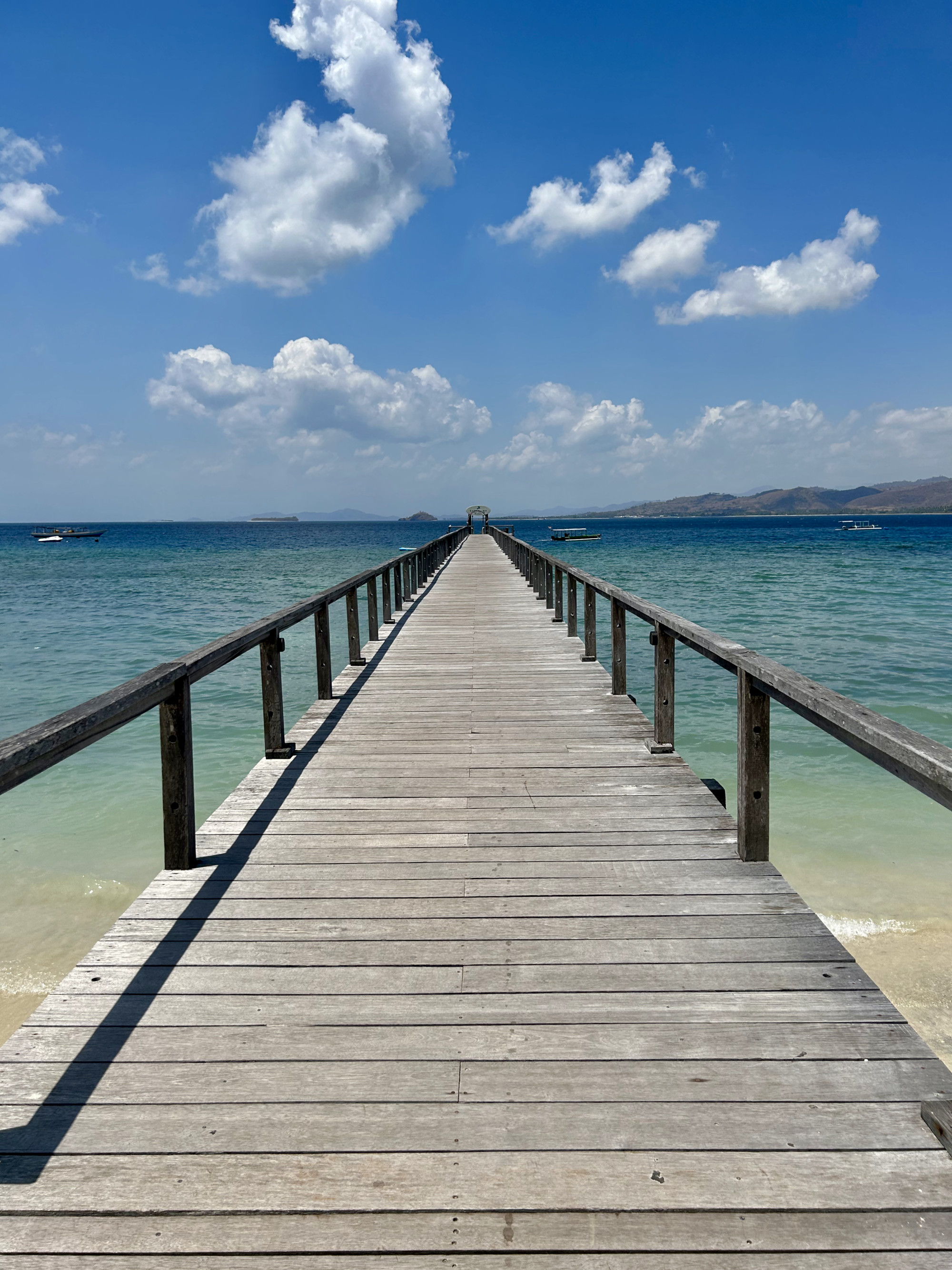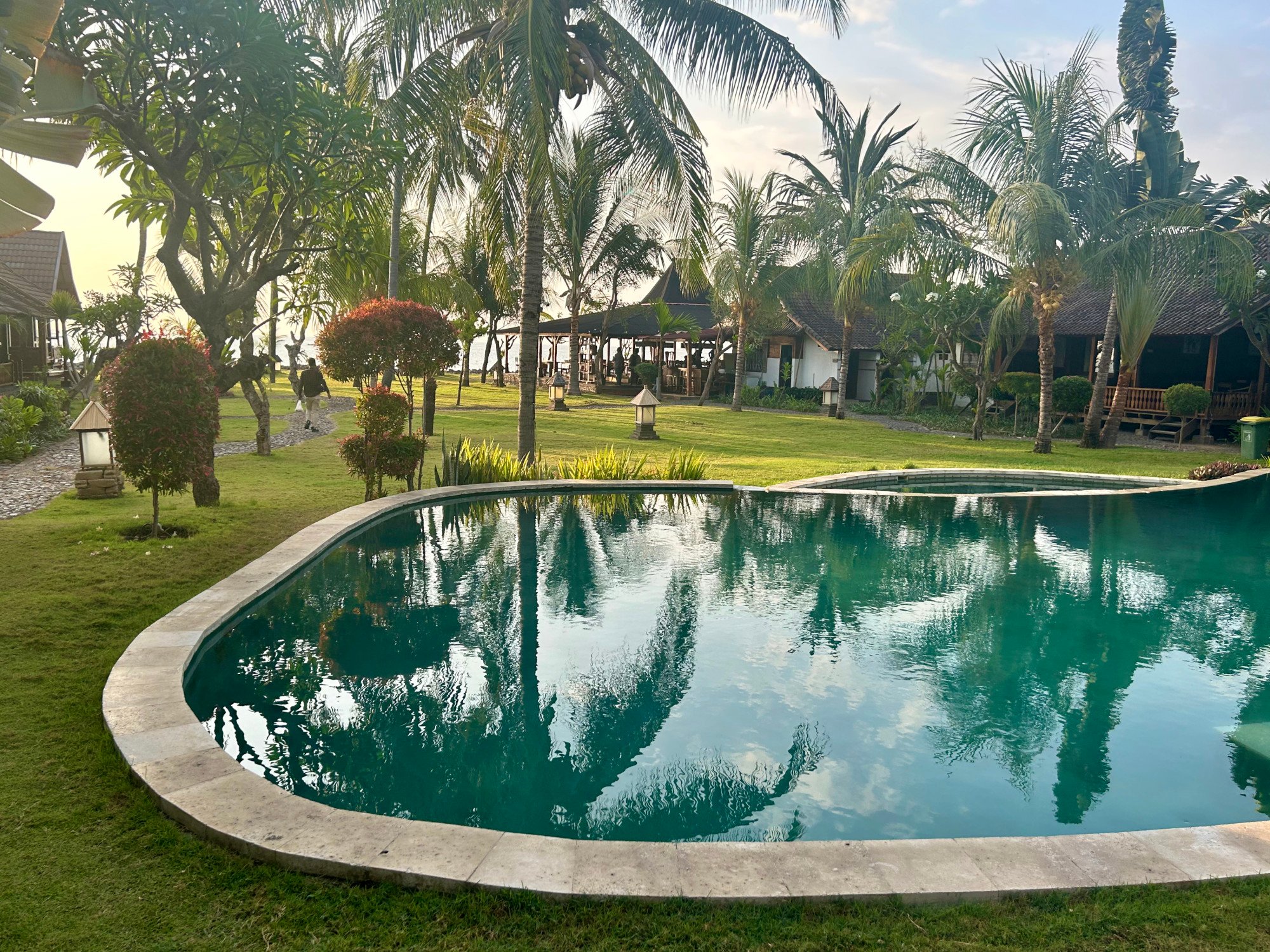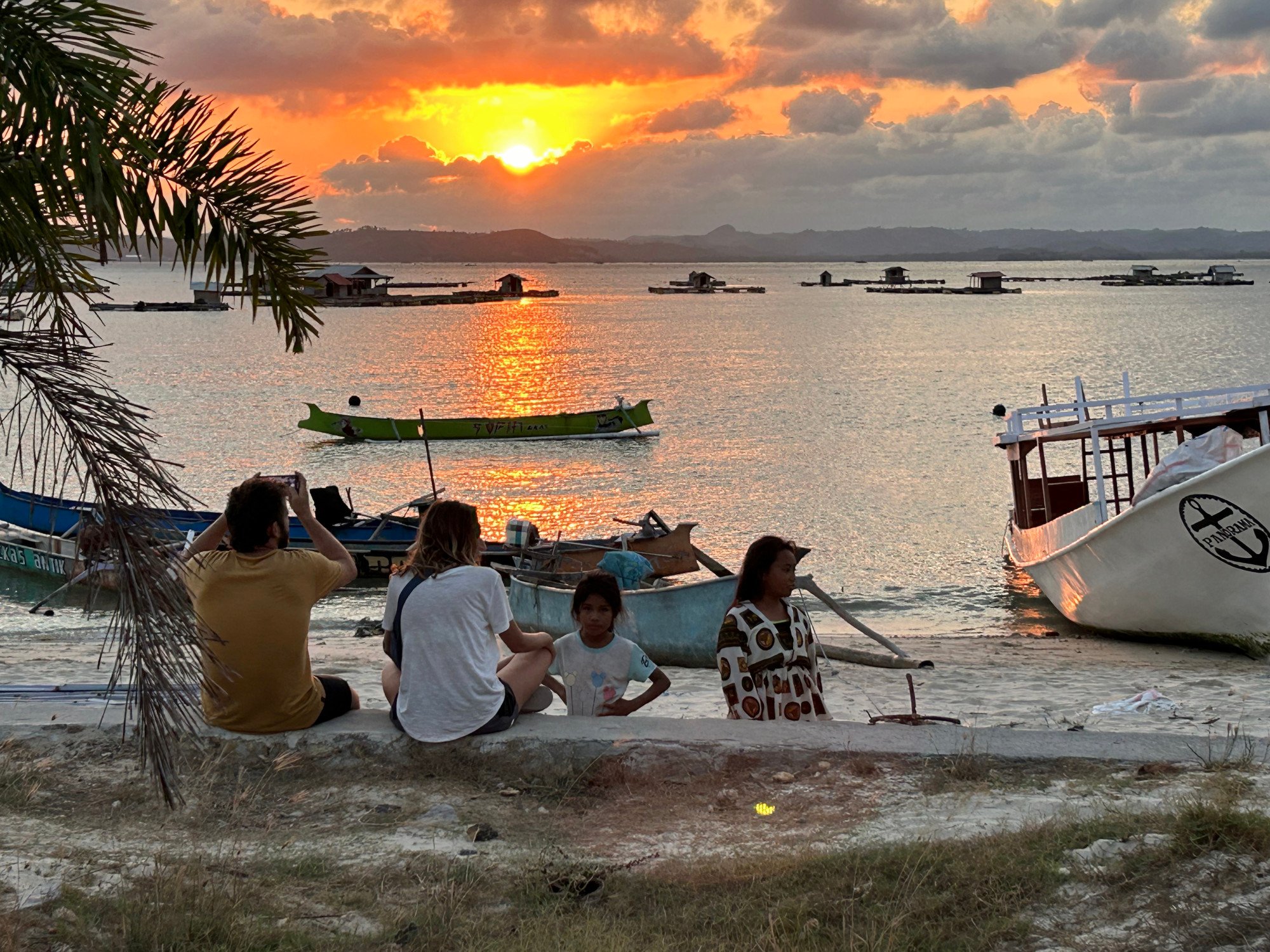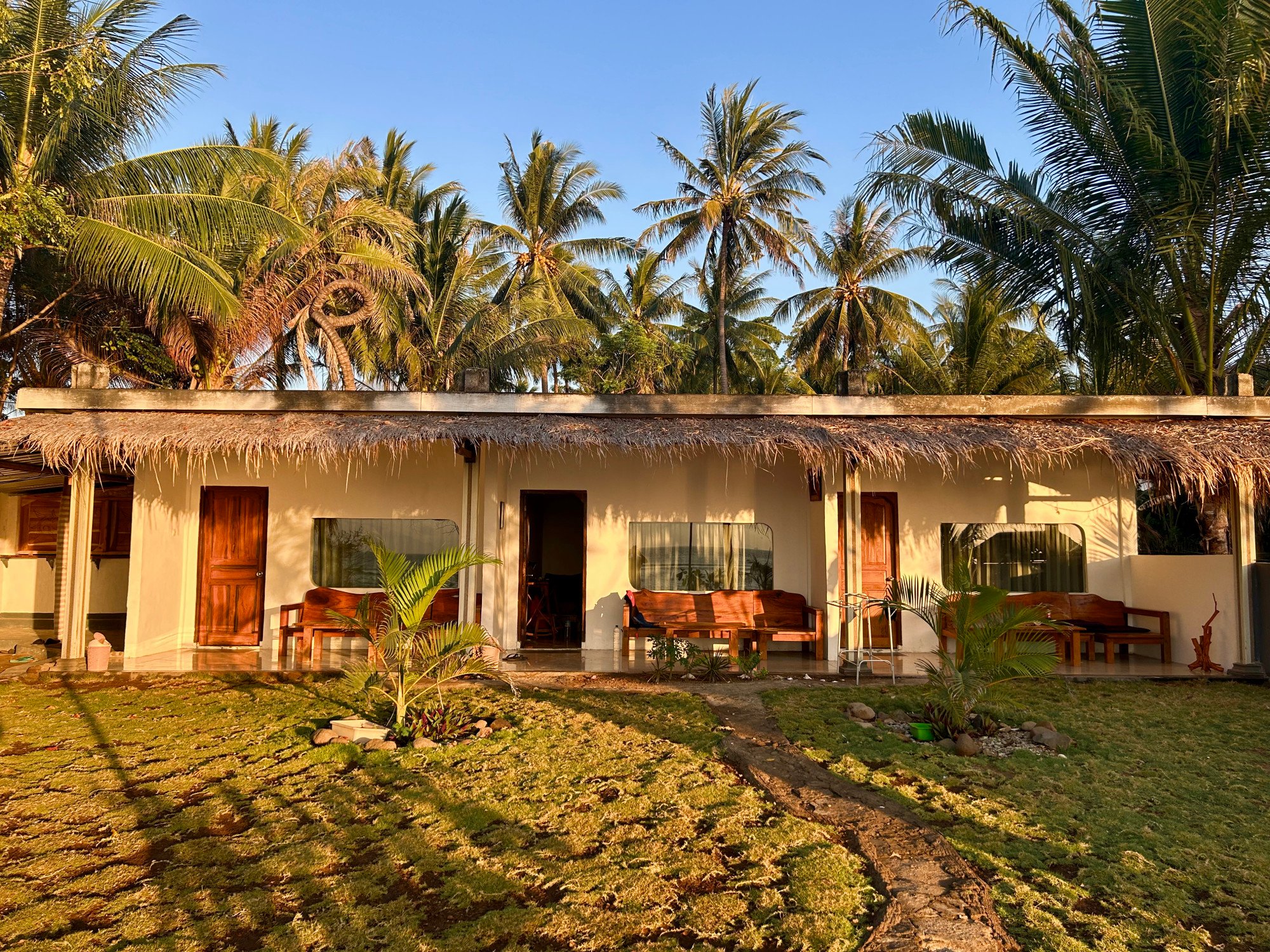
5 places off the beaten track in Lombok, Indonesia, from desert islands to an eco resort to the country’s kitesurfing capital
- Post Magazine returns to the Indonesian island of Lombok determined to visit places we’ve never been to, or heard of, before
- Here are five of the most memorable we found, from an eco resort and yachtie hangout to a top beach for surfing to a serene dive hotel
According to American psychologist Stanley Plog’s Model of Tourist Behaviour, most are “repeaters”.
“They prefer to return to familiar travel destinations where they can relax and know what types of food and activity to expect,” wrote Plog in 1967.
But this time I travelled to Lombok as a “wanderer”, which Plog describes as “one who seeks new experiences in a wide range of activities”.

I made it my mission to visit parts of the island I’d never heard of, let alone seen: hidden beaches and coves, rustic resorts and little islands where other tourists are few and far between.
And I found them. Here are five of the most memorable.

1 Gili Sudak
An archipelago of 12 mostly uninhabited islets off Lombok’s sheltered southwest coast, the lesser known Southern Gilis are surrounded by coral reefs, carpeted with thick jungle and dotted with chalk-white beaches.
The most westerly island, Gili Sudak, measures only 500 metres from end to end. On the southeast corner stands Nirvana Gili Sudak, a micro-resort with eight wooden cottages, run by a Balinese man called Gede, along with his extended family. Accommodation is only 250,000 rupiah (US$16) per night, including breakfast.
On my visit there is only one other guest: a Russian draft dodger who has been here for weeks.
The good, bad and ugly sides to Lombok, Komodo and Flores
“I like it here because it’s an organic place: natural, simple and slow,” says the Russian, who asks that his name be withheld. “My days are so long here. I rented the cabin for one month but it feels like three months already.”
The food at the Nirvana Gili Sudak is also simple yet brilliant: think fried bananas, vegetable omelettes and ikan bakar – whole fish barbecued on coconut husks, served with chilli relish and rice.
To get to Gili Sudak, catch a taxi from Lombok airport or Lembar, the port that connects Bali to Lombok, to the Sekotong Barat (the West Sekotong Peninsula) and contact Gede through the resort’s website. He will send a boat over to pick you up for the short crossing to the island.

2 Tanjung
A district and village close to the popular northern Gili Islands, on the northwest coast, Tanjung is another slow and disconnected part of Lombok.
Children here are still excited by the sight of foreigners; they wave and yell out hello, while the village moves to ancient rhythms: fishermen casting their nets into the water and farmers planting or harvesting rice.
Tanjung is also home to a small, close-knit community of expatriates and yachties who have escaped the rat race and now run small businesses elsewhere on Lombok or just while away their time in the tropics.
It’s so peaceful here, no one hassles you, the locals are beautiful people. It’s absolute paradise.
Come sunset, they meet at Le Chaudron, the beachfront restaurant at the Rinjani Beach Eco Resort, a modern property with a large swimming pool set in a tropical garden. Generously sized rooms with beach and garden views here cost 600,000 rupiah per night.
Behind it is a smaller, cheaper but very cheerful guest house called Bale Jukung, which charges half as much for accommodation and thus has several semi-permanent resident expats.
Tanjung is a great place in which to get away from the crowds but not the creature comforts; cold beer and massages are oddities in predominantly Muslim northern Lombok that are nevertheless available at both these resorts.

3 Ekas beach
“Ekas” is used interchangeably to describe a district in Lombok’s southeast, a village and world-class surfing breaks around Awang Bay – a large estuary edged by dramatic sea cliffs at one end and mangrove forests at the other.
Ekas is a hub for watersports, not only surfing on long, barrelling waves that run for more than 150 metres, but also diving and snorkelling at spots such as Pink Beach and white-water rafting on a nearby river.
Consistent offshore winds during the dry season, from May to October, have made Ekas the kitesurfing capital of Indonesia and there are a number of schools here offering multiday courses in the sport.
Accommodation options at Ekas range from simple guest houses that charge around 150,000 rupiah per night to architecturally designed villas that cost 50 times as much.
The pick of the crop are the wooden cottages at Hotel Panorama Ekas, at 550,000 rupiah per night. A barefoot resort with a 40-metre-long oceanfront pool surrounded by daybeds and perennially blossoming frangipani trees, the hotel is owned and managed by a warm and eccentric Italian called Massimo, who has taught his kitchen staff the art of cooking pasta in the traditional al dente style.

4 The Eastern Gilis
The undisputed highlight of my trip is Gili Lawang, which is one of two small, forested islands comprising the almost unknown Eastern Gilis of Lombok. The other is Gili Sulat.
Designated as a marine conservation area because of their rich mangroves, sea grass and technicolour coral reefs, these two islands are uninhabited and have no infrastructure apart from three small wooden gazebos at a landing point on Gili Lawang.
Every day you wake up here and see the sunrise over the ocean. How can you get any better than that?
To get to them, I crossed the 2km channel separating the islands from Lombok on an inflatable kayak and I spent a night camping under the stars at Lawang Sunset, a beach on the north coast. The sunset was sublime, as were the bird calls that sang me to sleep.
In the morning, I snorkelled in the channel between the two islands. Parrot fish, lionfish, clownfish, half a dozen green turtles, a harmless carpet shark and a large amount of stunning soft and hard corals help confirm that this is the healthiest and most biologically diverse marine ecosystem in Lombok waters.
You don’t need a kayak to see the Eastern Gilis. Make your way to Gili Lampu Beach, a village on Lombok’s east coast, where you can hire a boat and driver to take you for the day. Rates are highly variable, so hard bargaining is advised.

5 East Lombok Dive Hotel
The guest house at Gili Lampu Beach is run-down, but 10 minutes to the south by motorbike, in Pringgabaya District, is the East Lombok Dive Hotel, one of the smallest and most serene places to stay in Lombok.
The accommodation is simple, but large and clean, with oversized picture windows that look out onto the beach and a tropical lagoon that turns pink and orange at sunset.
There are only three rooms, so it’s advised to book in advance, and a little restaurant that sells well-presented Indonesian staples such as satay sticks and nasi goreng.
This is a great hotel in which to spend a day or two chilling out and reading on the veranda, as I do, or as a base for diving. On hand is a Padi-certified instructor who knows all the best spots and has scuba gear for rent.
“It’s so peaceful here, no one hassles you, the locals are beautiful people,” says co-owner Rodger Stewart, from New Zealand, who first came to east Lombok 20 years ago to scuba dive, fell in with a local girl, got married and never looked back.
“It’s absolute paradise.
“Every day you wake up here and see the sunrise over the ocean. How can you get any better than that?”

